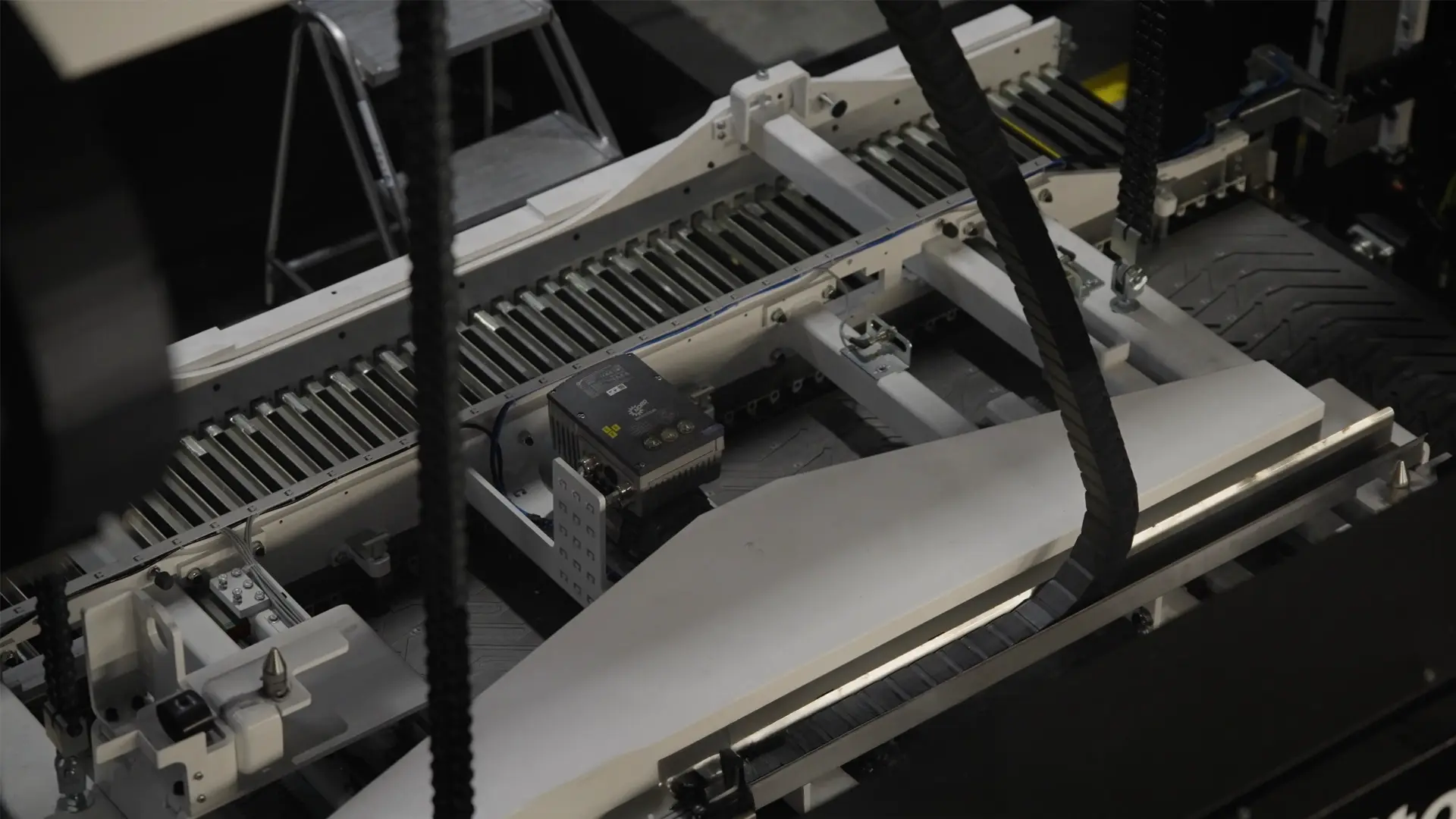Mütze GmbH: A Third-Generation Manufacturer Reclaims Capacity with Eagle Lasers and Automation
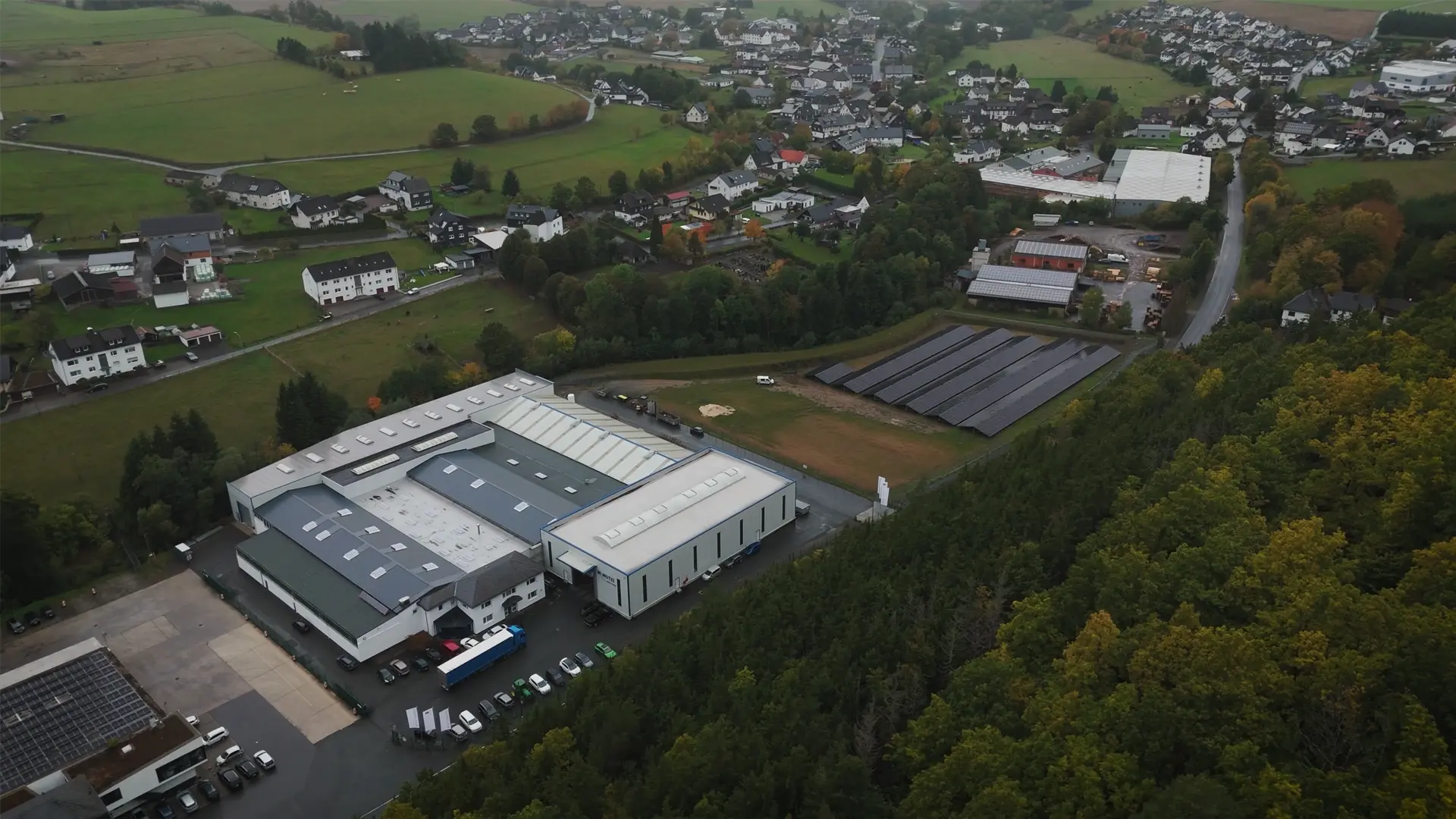
Roots And A Clear Purpose
“The company’s founding is actually quite fascinating”, Christian Mütze, CEO of Mütze, recalls. “It was established in 1958 by my grandmother, definitely something special in our industry. Both of my grandparents were entrepreneurial and had already started several ventures in their lives. They saw an opportunity in metal processing and believed there was good business potential there. My grandfather already had so many things on his plate that he said, “I can’t take on another company,” but my grandmother said, “Okay, I’ll do it, I’ll follow through with this.” And so she founded Maria Mütze Kleineisenwarenfabrik (Maria Mütze Small Iron Goods Factory). Today, we’re still called Mütze GmbH as a tribute to her. I run the company now in the third generation.”
What began with simple washers grew into a company that supplies ready-to-install sheet-metal parts, finished, packaged and kitted, to appliance, furniture and automotive customers. “We started out producing washers, very simple parts that gradually became more complex. We later grew quite a bit with cross-country ski bindings; that was a very interesting product! What we do now involves much more complex forming operations, which we can handle thanks to our quality tooling capabilities. Our batches start at about 500 and can go into the millions,” Christian adds. That emphasis on serial production is the lens through which every investment is judged.
“We mainly work from coil, but everything below coil production we handle through laser technology. That’s reflected across our entire product range: smaller parts in larger quantities. Our main customers are in appliance manufacturing: companies with their own production lines, often with over 5,000 employees, as well as clients in the furniture industry, such as chair mechanism manufacturers. Many of their structural parts come from us. We also supply automotive components, various body, chassis, and interior parts.”
“We mainly process sheet thicknesses from 1.0 to 10 mm, that’s where most of our tonnage lies. For coil production, it’s typically 1 to 6 mm, and everything beyond that we cut with laser. In laser, we also handle thinner materials from 1 to 10 mm. The materials we use include DC01 (cold-rolled steel), galvanized DX grades, HX grades, hot-rolled MC grades, and various stainless steels.”
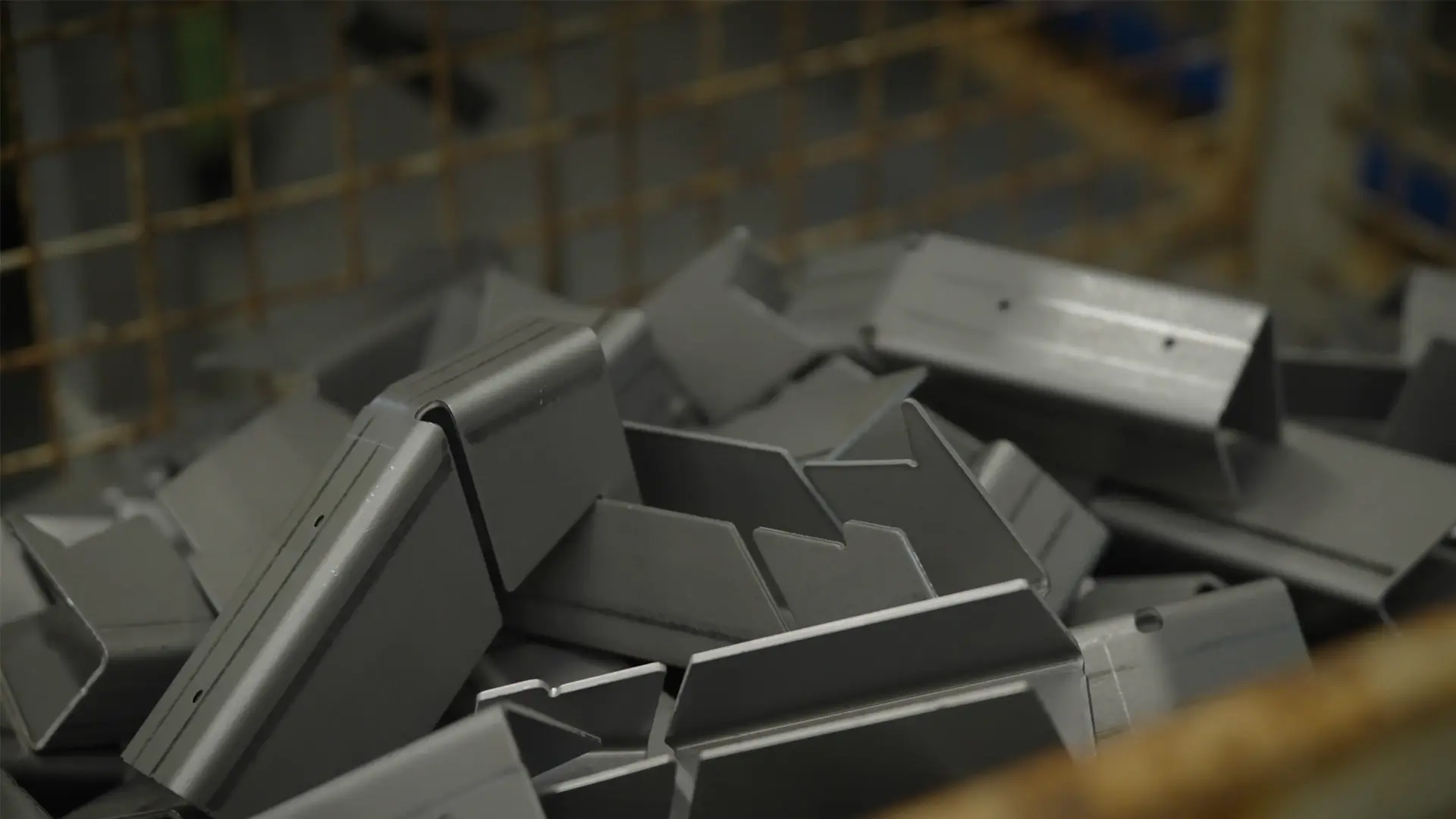
If you don't see them automatically, please activate the subtitles in your language.
When The Old Machines Stopped Being Enough
For years, Mütze, which is based in Medebach, Germany, ran 5 kW CO₂ lasers, but Christian describes the limits plainly: “We weren’t competitive anymore with the CO₂ laser.” Their NC programs pack many small parts on a single sheet, which means very frequent piercings and lots of short contour runs, conditions that made cycle times and unit costs unworkable on the old machines. At the same time Mütze needed to keep delivering fully finished components for large assembly lines. “Producing a pure laser part had become almost impossible for us: we always needed secondary processes like welding, coating, or edge rounding.”
Christian remembers the moment the new approach first caught his eye: “I initially saw Eagle on a YouTube video, everything moved much faster than we expected.” That curiosity led to a demo at Eagle’s Schlierbach Showroom, visits to reference customers and benchmarking work. “We modelled 12, 15 and 20 kW scenarios and compared unit costs,” he says. After more than a year of testing and customer approvals he explains the practical choice: “We picked the iNspire 1530 with a 15 kW laser source because it gave us the best balance between investment and unit costs for the thin-gauge parts we run.”
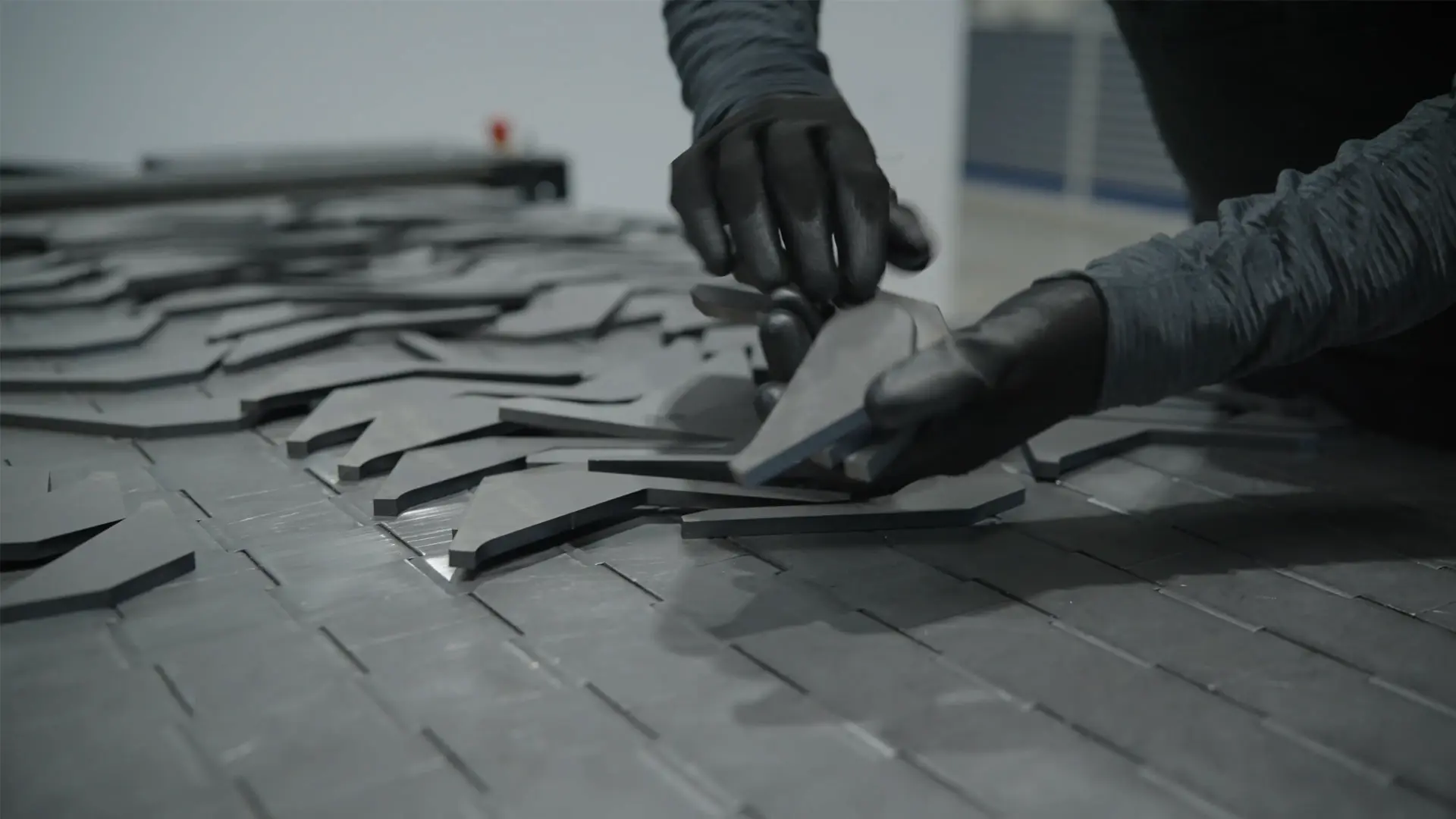
Automation To Match Output
Mütze paired the laser with Eagle automation: a CraneMaster, an eTower 244, an automatic nozzle changer and a conveyor. “The 2 tower setup removed downtime between program changes, it automatically loads, unloads and restocks, so we can run unmanned for longer,” Christian says. The conveyor and a new workplace layout were chosen for continuity and ergonomics: “We can keep the machine running even if a pallet isn’t ready; the parts come to the operator.” He summarizes how the line works now: “I’d calculate about 1.5 operators per machine to get the maximum out of it; the machine is faster than a single person.”
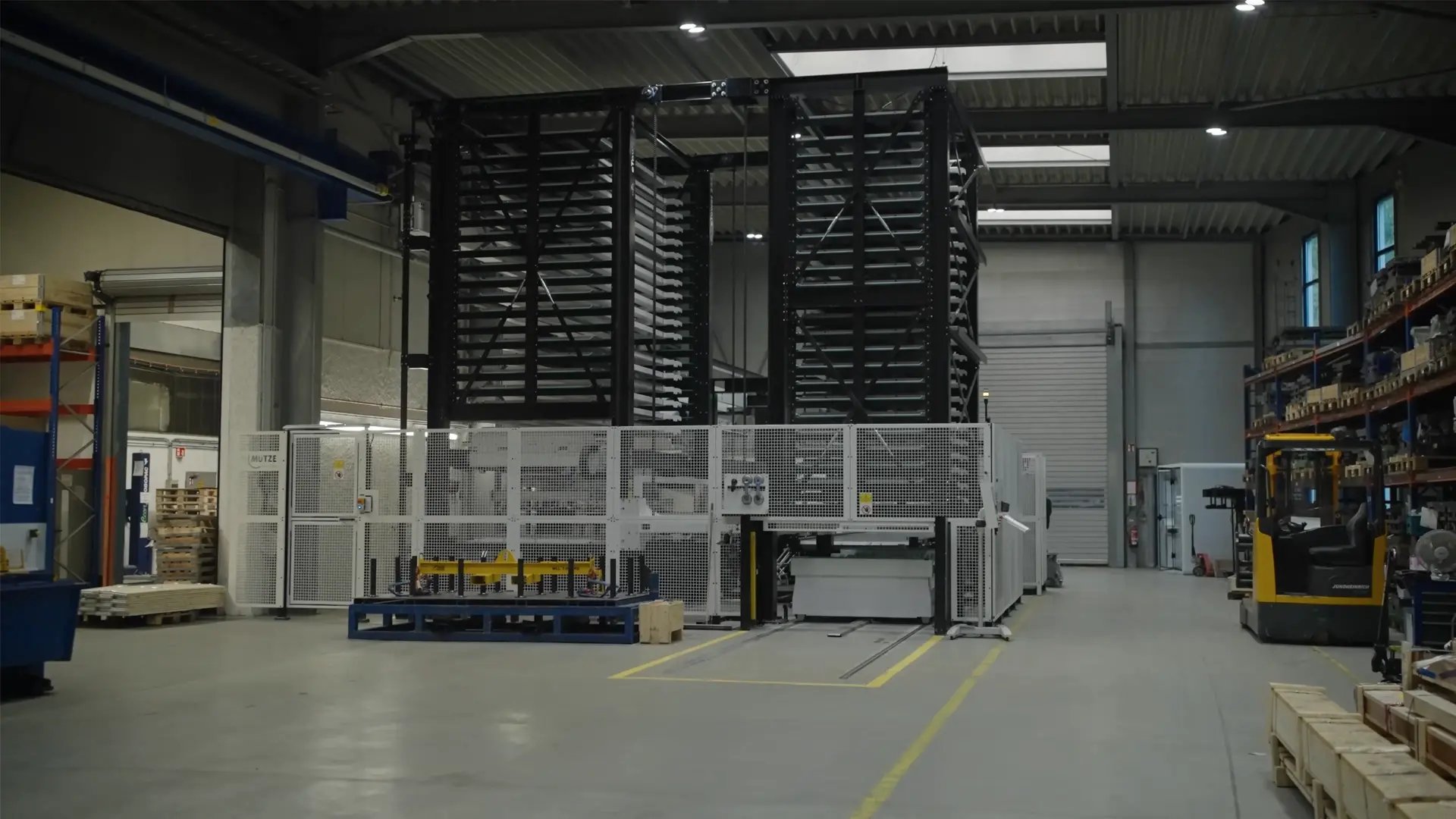
Installation and onboarding were collaborative. “We visited reference sites; at the demo center we did test cuts; the service people on site were excellent,” Christian recalls. The company also ran customer sample approvals for edge quality.
On the shop floor the change was immediate and practical: piercing and the short-contour moves that had once slowed every nested program now happen so quickly that cycle times shortened and whole jobs are finished sooner. At the same time, MyEMIX mixed-gas technology and nitrogen cutting opened up a wider thickness range. Mütze can now take on parts they previously wouldn’t have cost-effectively produced, while keeping the same downstream finishing steps in place. Automation smoothed the workflow: the eTower and CraneMaster remove the gaps between programs and allow much longer unmanned runs, and the automatic nozzle changer has cut the number of manual interruptions for maintenance.
Numbers And Business Impact
“We’re at roughly €11.5 million turnover,” Christian says, and the company has grown in double digits over recent years.
“Right now, our production is in a strong position, but we’re already seeing where further investments will be needed, for example, in edge rounding and additional stamping automation for large series production. At the moment, we’re not looking to expand markets but rather deepen our existing segments. Working with Eagle is great because the machine just runs. Spare parts like nozzles can easily be ordered online through MachinePortal and delivered directly. It’s a very smooth collaboration.”
“I would definitely recommend Eagle to others in the industry. For us, it’s a crucial competitive advantage, especially against low-cost foreign manufacturers. To stay ahead, we must keep improving productivity per employee, and Eagle offers the perfect solution for that.”
